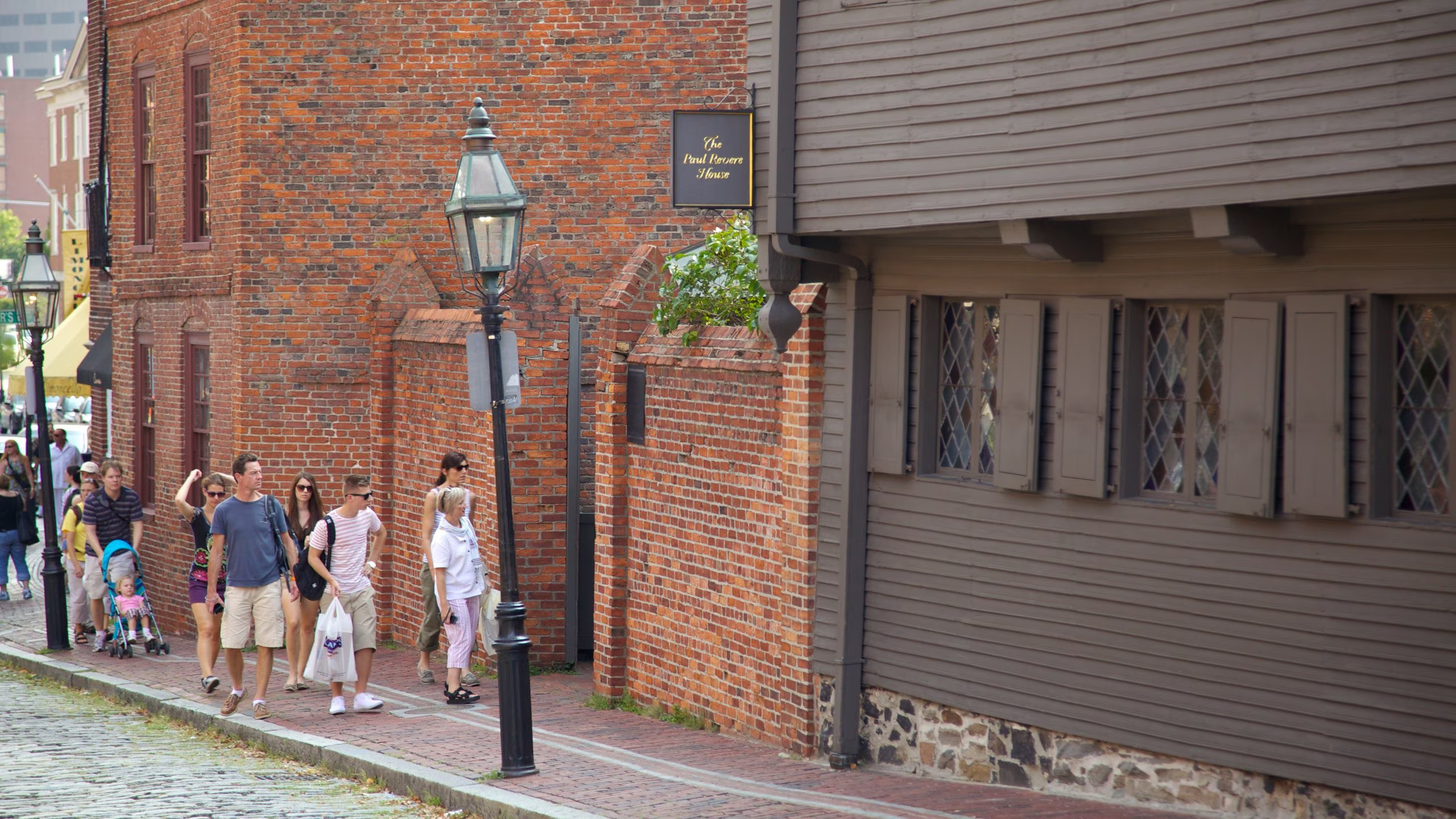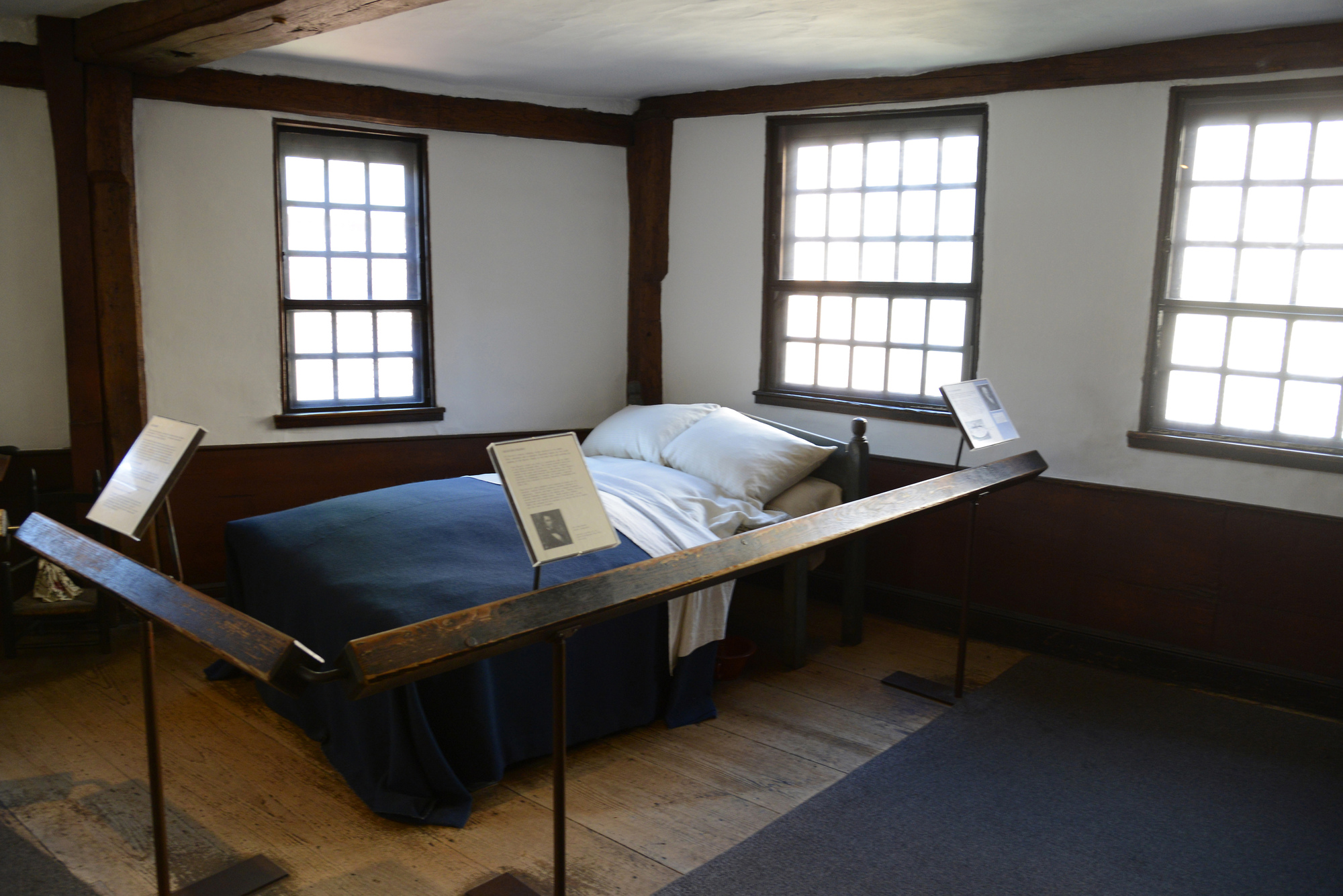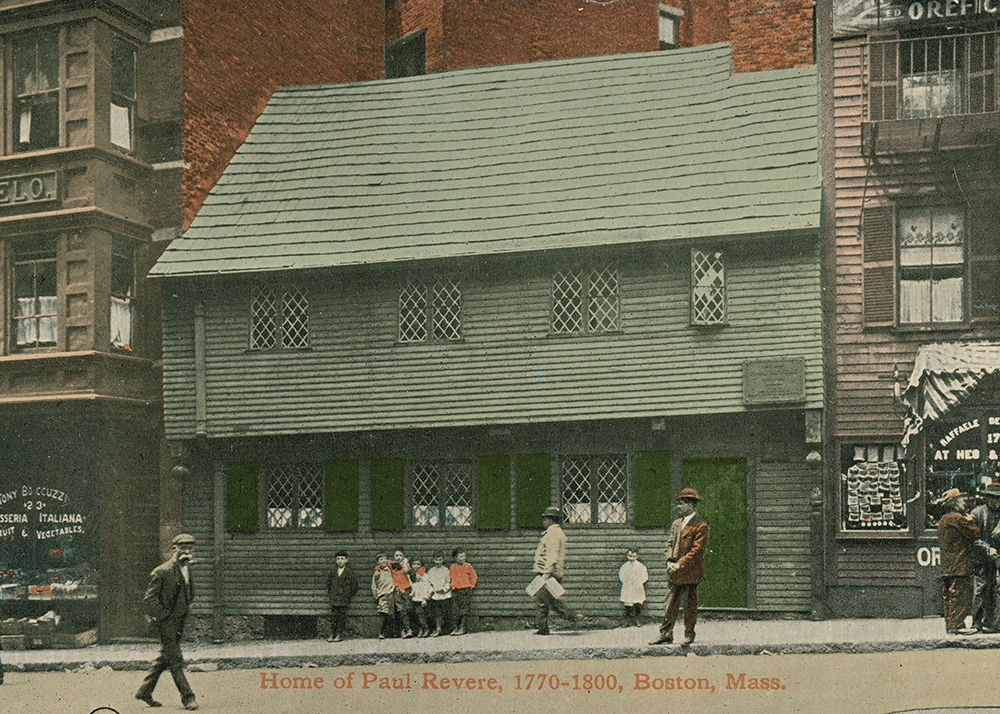Table Of Content

Katherine Peachy hires Williams to design her house in Hancock Park — a development for wealthy Angelenos. Some of Williams' original design details could not be executed until 1933. Many building projects are down-sized because of the Great Depression. Los Angeles Times (June 5, 1927) describes this new residence in Flintridge as a project by "Paul Williams, one of Southern California's best-known architects."
Paul Revere Industrialist – Post War Businesses
African Americans were typically trained in the skilled building trades. In this 1899 photograph, students are learning bricklaying and masonry skills at the Hampton Institute. Ebony magazine consults many experts to create a published list of the 100 wealthiest African Americans in 1962. The magazine stresses that these individuals "are the genuine articles, however, among the sham and sparkle of the Cadillac-and-Chris-Craft set...honest-to-goodness millionaires often shun the public eye."
Today in History: Ferdinand Magellan killed in the Philippines
12 Things You Have to Do In Boston - Coveteur
12 Things You Have to Do In Boston.
Posted: Fri, 21 Jul 2023 07:00:00 GMT [source]
This prediction for the future represents a change in consumer behavior from that previously described in his book New Homes for Today (1946). In this book, Williams predicted that the new homeowner would "buy ground farther from the city where lots are larger. This added area would allow space for family activities" ... Dr. Ernest Holmes, Church of Religious Science founder, selects Paul Williams as the architect for their new round church in Los Angeles. Dr. Holmes suggests that the Devil can't hide in the corners of a round building. In 1953, Edwards surprises Mrs. Jesse L. Vann, a newspaper publisher, with the story of her life. Mrs. Vann is one of the few African Americans featured on this TV show.
Historic L.A.
Thank you Councilmember Marqueece Harris-Dawson for supporting this nomination. The Craftsman-style house at 1271 West 35th Street illustrates a part of Paul Revere Williams' life and story that is rarely told or fully understood. In the restoration, the house was put back to close to what it would have looked like in 1775. Visitors can still close their eyes and imagine the night when Revere dashed home for his coat before taking off on his famous ride.
Historic Neighborhood Photo: Paul Revere House, Bank & Cigars – NorthEndWaterfront.com - NorthEndWaterfront.com
Historic Neighborhood Photo: Paul Revere House, Bank & Cigars – NorthEndWaterfront.com.
Posted: Thu, 16 Nov 2017 08:00:00 GMT [source]
After Howard’s death, the property passed to his wife, Elizabeth, and then their daughter, Sarah Wyborn. Sarah’s inheritance also included a house immediately to the north of the Revere House. Documentary evidence shows a 1737 application from a Mr. Yardley Lewis to set up a still in the house. Sarah sold the property to Andrew Knox, a mariner, in 1741 and it passed to his son, also Andrew.
Together Williams and Robinson collaborate on many large projects, including Langston Terrace and buildings on the Howard University campus. The Depression slows work for many architects, but Williams' office remains busy. The Second Baptist Church, the first African American Baptist church in Los Angeles, opens its new facility in L.A.'s Central Avenue area. The building is designed by Williams and Norman F. Marsh, the official architect of the Southern Baptist Convention. The church pastor insists that all workmen constructing the church are from African American-owned businesses. The Louis Cass residence in Flintridge is typically described as Williams' first significant residential project for a wealthy white client.
Paul Revere house has been reconstructed to look just as it would have in the eighteenth century and most of the architecture is original. Tours are self guided, with panels and explanations provided with plaques and illustrations. Paul Revere House also forms part of the Freedom Trail, a tour of all of Boston’s most famous American Revolution sites as well as being part of Boston National Historic Park.
Children

Paul R. Williams' simple, compact and "well thought out" entry for the Hollow Tile House Competition is awarded first place by a panel of important regional architects, including John C. Austin. The judges write that Williams' superior renderings, tasteful exterior treatment and lack of "useless ornaments" contribute to the ease and economy of construction. His landscape design fits with Southern California conditions and extends the usable living space. As the house is on the Boston Freedom Trail, visitors may choose to continue walking the trail to the many other historic sites on the trail.
Weird and Wonderful Museums to Visit in the United States
The kitchen fireplace gives a good look into how houses in that era operated. Dried apples hang across the top of the fireplace, and an inset reflector oven sits on the floor. They were an inset that could be closed on four sides with only the side facing the fire open. The reflective oven would speed the cooking of roasts, breads or other items needing baking.

Pauline Revere Thayer, a great-granddaughter of Paul Revere, and cousin of John Phillips Reynolds, Jr., was also a key figure in the early years of the Association and the restoration of the house. She lost her father, Paul Joseph Revere and her uncle Edward H.R. Revere in the Civil War. In April 1908, the Paul Revere House opened its doors to the public as one of the earliest historic house museums in the nation. The Paul Revere House, built c.1680, was the colonial home of American Patriot and Founding Father Paul Revere during the time of the American Revolution. A National Historic Landmark since 1961, it is located at 19 North Square, Boston, Massachusetts, in the city's North End, and is now operated as a nonprofit museum by the Paul Revere Memorial Association. Special thanks to Marge and Ben Edwards and their son Ben L. Edwards of Walking Boston for generously funding the redesign of our website.
And while it may barely have a roof now, once finished, he hopes it will serve as a window into Williams’ life and LA history for decades to come. This panel discussion takes a look at the efforts to preserve the work—and legacy—of Paul R. Williams, including the incredible story behind the preservation of the iconic Golden State Mutual Life Insurance Building. In 2021, the house was listed for sale, at one point for redevelopment. The Conservancy and community advocates jumped into action to preserve this historic place. The Paul Revere Williams House’s new owners plan to rehabilitate it and honor the story of Williams’ family.
The essay "If I Were Young Today" appears in Ebony, August 1963, in a series about successful African Americans reflecting on their careers. Williams' relationship with Howard University begins in 1931 when he is invited to participate in a campus exhibition highlighting the work of licensed, practicing African American architects. In 1952 he is awarded an honorary Doctorate of Architecture for his professional stature and service to the University. The new Golden State Mutual Life Insurance Company headquarters is officially dedicated in a weeklong celebration in August 1949. Over 10,000 tour the building, including corporate officers, California Governor Knight, State Insurance Commissioner Downey and architect Williams. During World War II, private building projects are scarce and many firms shut their offices.
The 19th century marked a transformation to a densely populated community of immigrants and working class boarders and renters. Like the Revere House behind it, Lathrop Place was home to a diverse group of immigrants during the 19th century. In 2007, the Paul Revere Memorial Association purchased the two row houses, restored them, and converted them into its visitor center.
Accessible family restrooms are available on each floor of our Visitor Center. There are also large public facilities nearby at the National Park Service Visitor Center in Faneuil Hall. By 1895, the North End had become one-third Irish, one-third Jewish, and one-third Italian. By the 1920s, it had become almost one-hundred percent Italian or Italian-American.
Revere remained active in the Revolutionary War, building Boston’s first gunpowder mill and joining a Massachusetts infantry, but his remaining war record was lackluster, and he was largely unknown in his lifetime. Revere returned to Boston after a failed military expedition and started to build his family life and business. He wed Sarah Orne in 1765, and they had eight children before she died nearly two decades later. Take a self-guided tour through the well-preserved home of Paul Revere and his family. For over 20 years the Revere family lived in this home, including during the American Revolution. Learn about the man who worked as a silversmith and discover how he became an American legend from Henry Wadsworth Longfellow's 1860 publication "Paul Revere's Ride."
Hilton modernizes and refreshes the interior, but leaves the Williams' design largely intact. Just as Paley enjoys a good party, the Hiltons note that "... the house has proven to lend itself well to all kinds of social activities." The California Eagle reports that Paul R. Williams is honored as "one of California's distinguished native sons" at a celebratory breakfast attended by more than 300 people. Meritorious awards are given him from various city and county officials as well as the Young Republicans Unlimited for his service to the region.

No comments:
Post a Comment